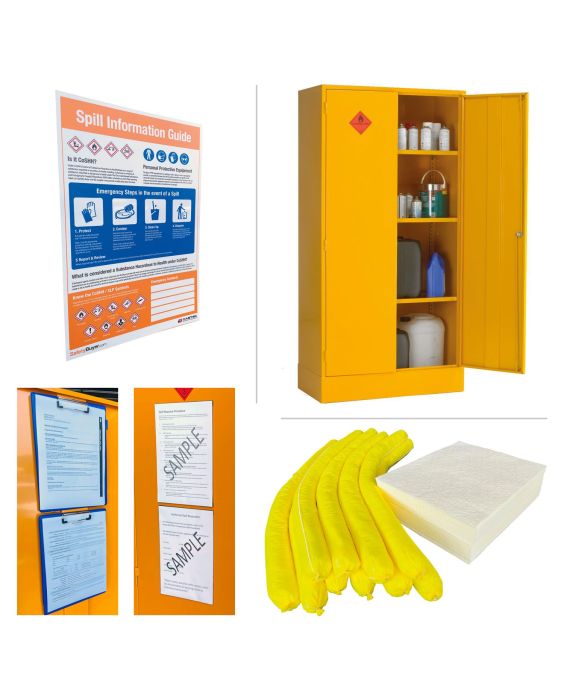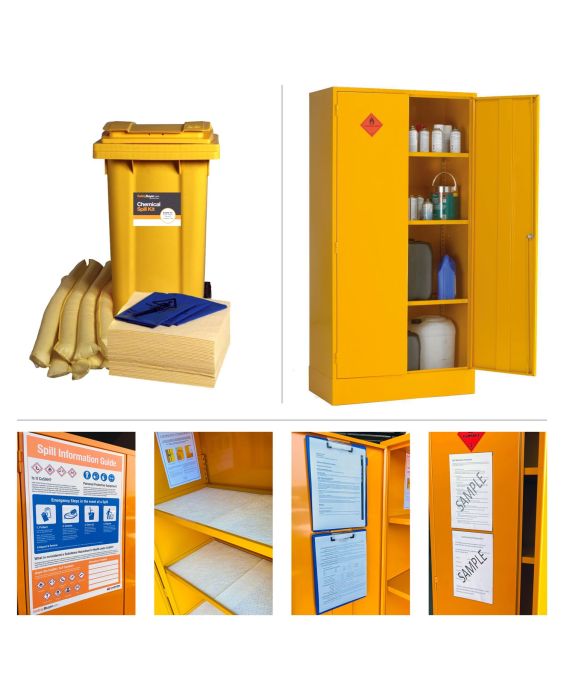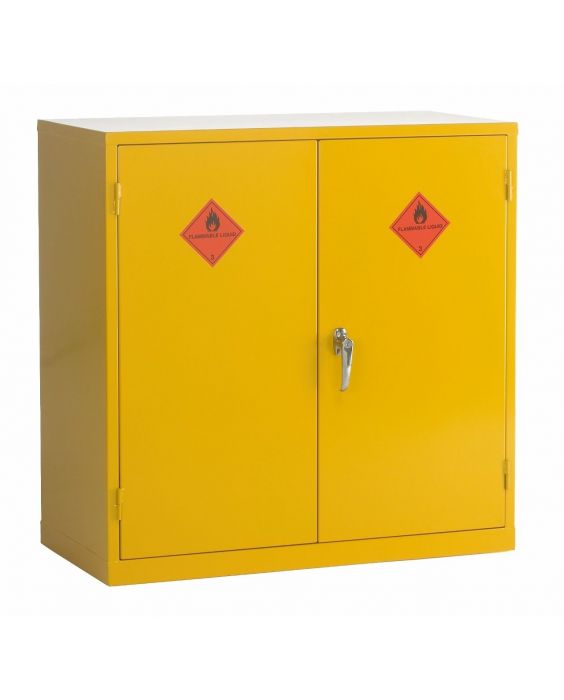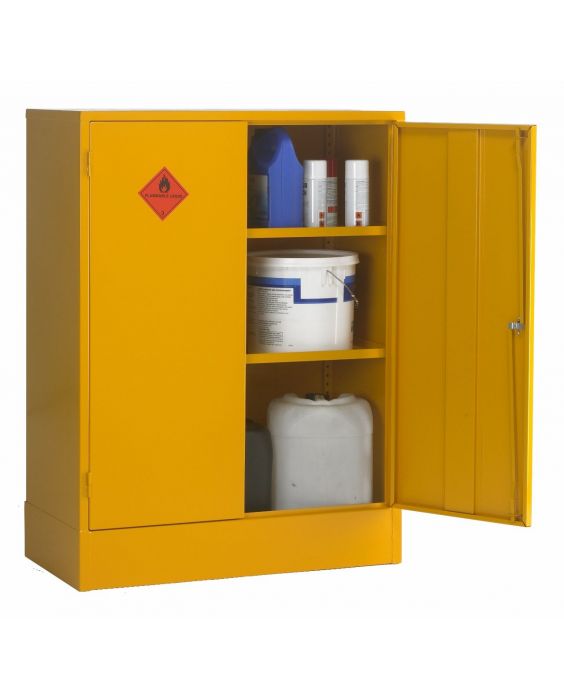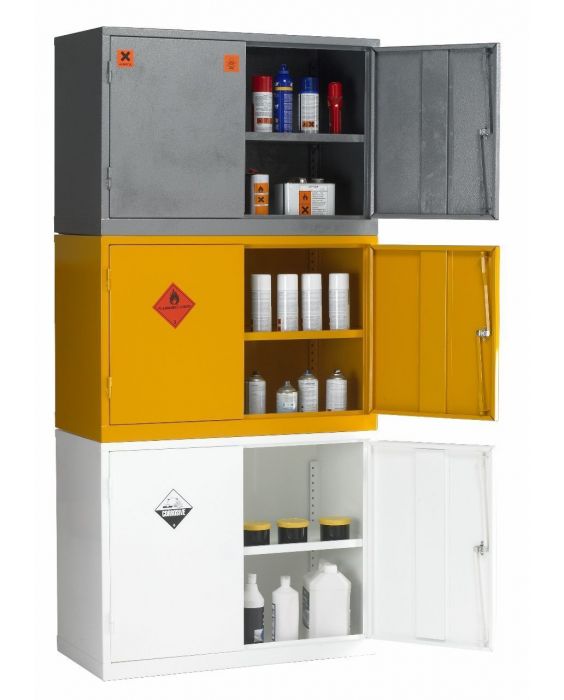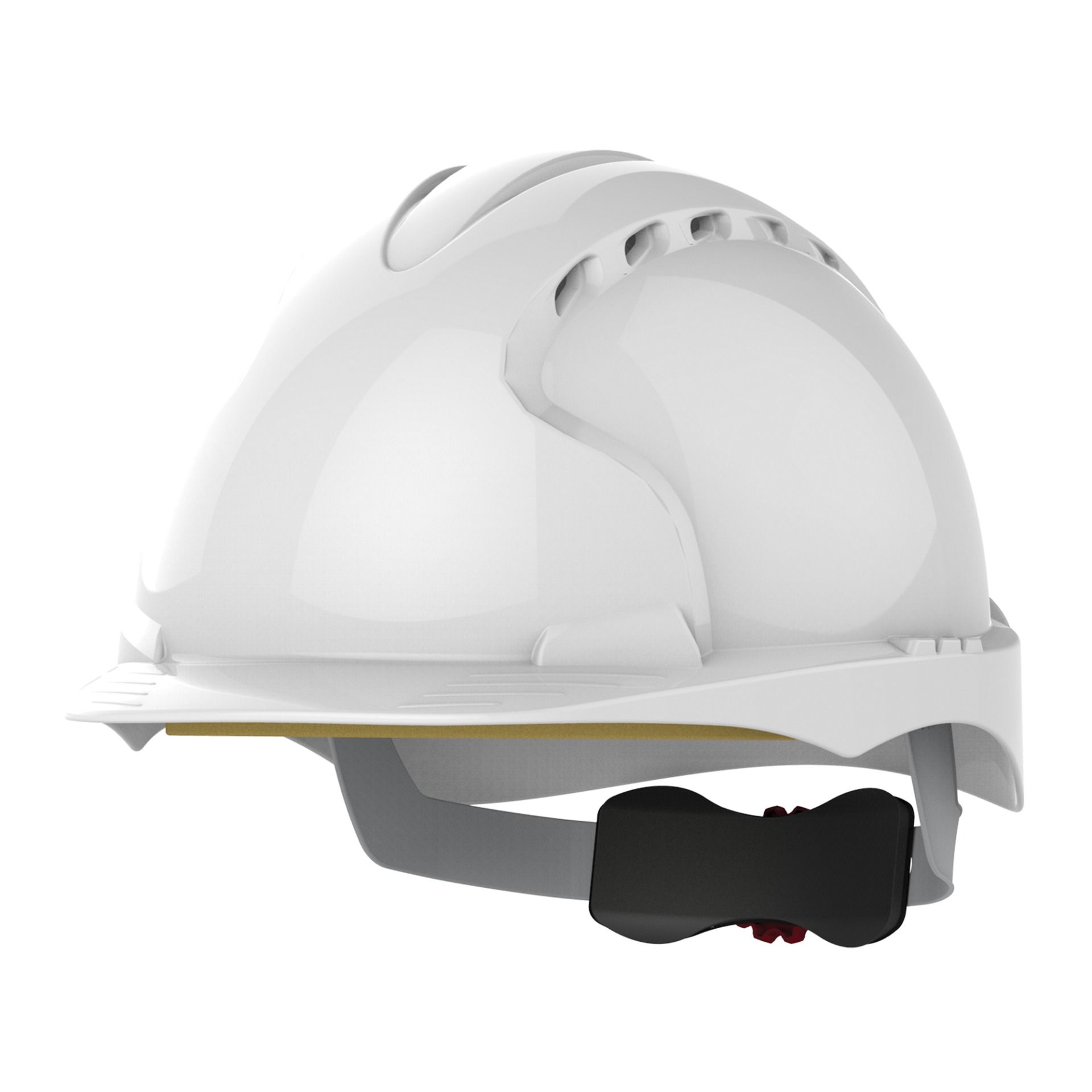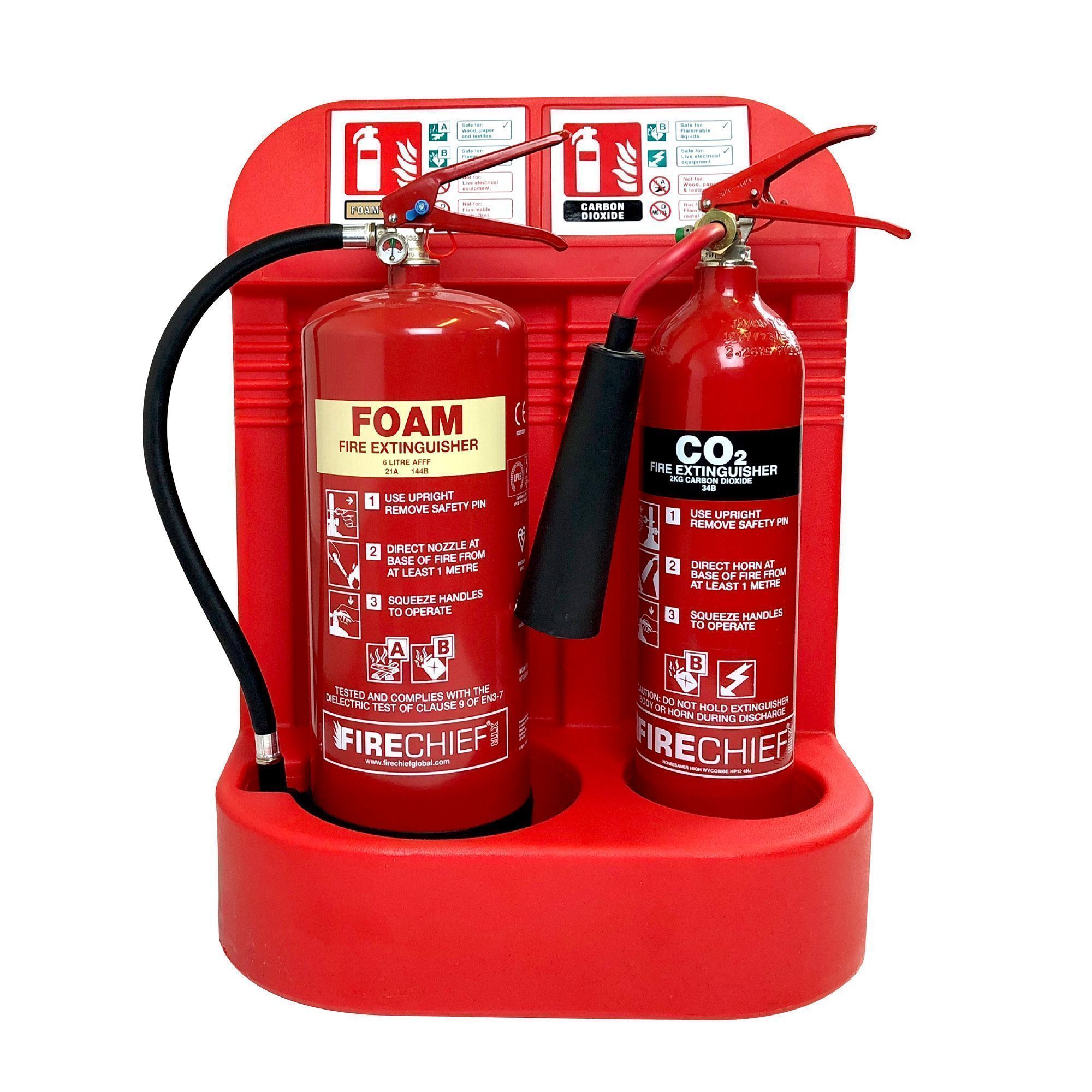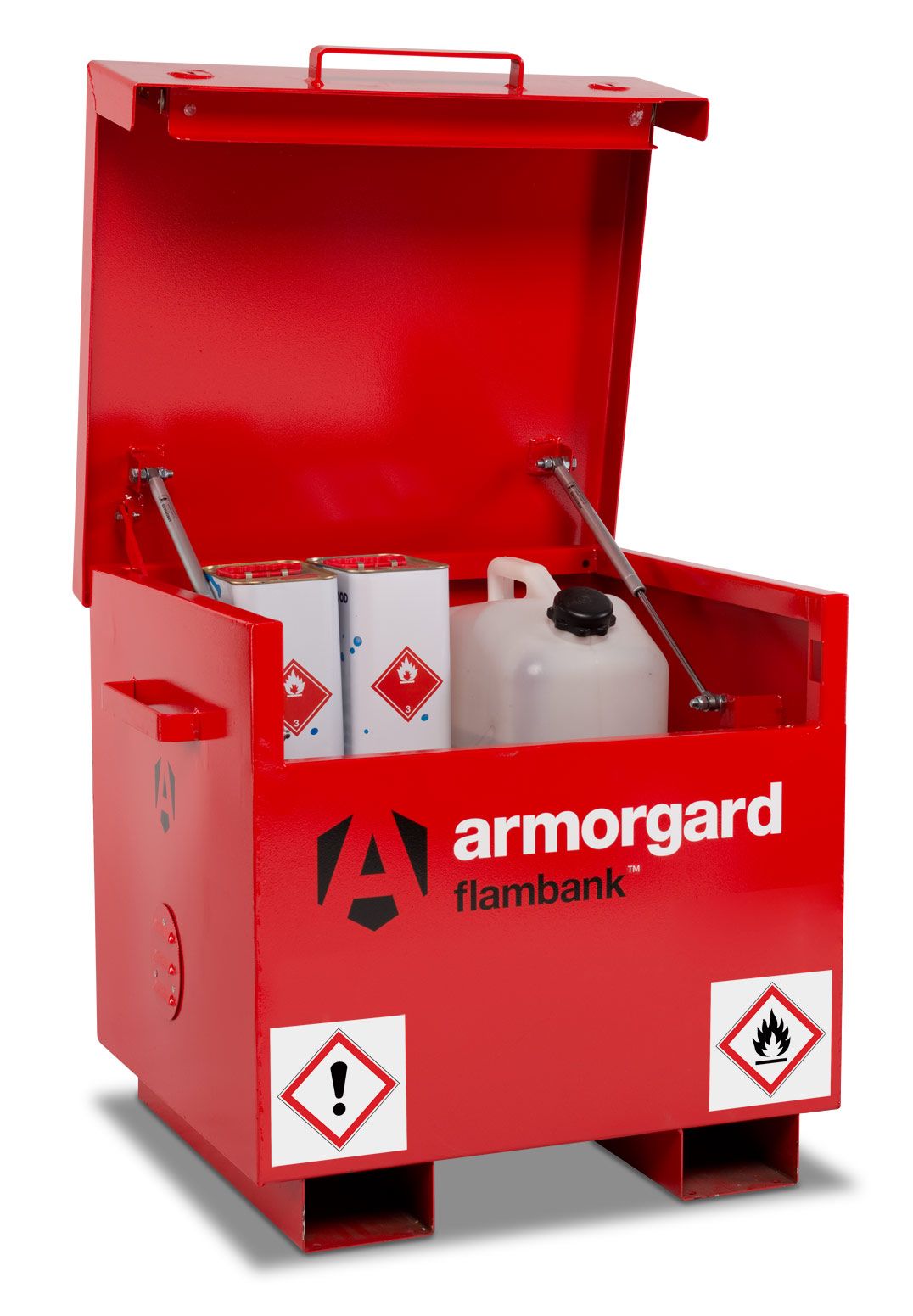Hazardous Substance Storage Cabinets
Cabtek Superior Safety Features – setting the context
When selecting a hazardous substance storage cabinet, compliance with COSHH regulations and workplace safety standards is critical. However, not all hazardous cupboards are created equal, and overlooking small design details in your CoSHH storage cabinets could lead to significant safety risks for your employees and premises.
Why the Sump ‘Really’ Matters
The sump at the base of the hazardous storage cabinet is a seemingly minor feature with critical implications for safety. While many chemical storage cabinets on the market come with a removable tray sump, this type of design has two potentially significant safety weaknesses.
-
 £425.99 £354.99
£425.99 £354.99 -
 £419.99 £349.99
£419.99 £349.99 -
 £431.99 £359.99
£431.99 £359.99 -
 £442.80 £369.00
£442.80 £369.00 -
 £466.80 £389.00
£466.80 £389.00 -
 £478.80 £399.00
£478.80 £399.00 -
 £574.80 £479.00
£574.80 £479.00 -
 £299.99 £249.99
£299.99 £249.99 -
 £299.99 £249.99
£299.99 £249.99 -
 £209.99 £174.99
£209.99 £174.99 -
 £215.99 £179.99
£215.99 £179.99 -
 £437.99 £364.99
£437.99 £364.99 -
 £215.99 £179.99
£215.99 £179.99 -
 £395.99 £329.99
£395.99 £329.99 -
 £347.99 £289.99
£347.99 £289.99 -
 £329.99 £274.99
£329.99 £274.99 -
 £227.99 £189.99
£227.99 £189.99 -
 From £347.99 £289.99
From £347.99 £289.99 -
 £215.99 £179.99
£215.99 £179.99 -
 £203.99 £169.99
£203.99 £169.99 -
 £227.99 £189.99
£227.99 £189.99 -
 £305.99 £254.99
£305.99 £254.99 -
 £275.99 £229.99
£275.99 £229.99 -
 From £119.99 £99.99
From £119.99 £99.99 -
 From £33.59 £27.99
From £33.59 £27.99 -
 £203.99 £169.99
£203.99 £169.99 -
 £191.99 £159.99
£191.99 £159.99 -
 £179.99 £149.99
£179.99 £149.99
- Risk of Accidental Spillage During Removal: A removable sump tray might tempt employees to manually lift and empty it, creating a dangerous situation where hazardous liquids could spill onto themselves or others.
- Potential for Leaks from Inside the Cabinet: If a container tips over, hazardous substances can run down the cabinet walls and potentially bypass the tray altogether, leaking through gaps in the cabinet base and onto the floor.
In contrast, Cabtek Cabinets feature fully welded, non-removable sumps that are leak-proof by design. This ensures that any spills of hazardous materials are securely contained within the cabinet, eliminating both risks.
See the Difference: Watch Our Video
To fully appreciate the significance of this feature, watch our video comparing hazardous substance storage cabinets. You’ll see how Cabtek Cabinets properly address these risks, offering a level of safety and practicality unmatched by competitor CoSHH cabinets.
Cabtek Cabinet Specifications: Built for Safety & Durability
Our Cabtek metal storage cabinets don’t just meet safety standards - they exceed them. Here’s what sets them apart:
- Fully Welded Seams and Joints: Ensuring a robust, leak-proof construction.
- Reinforced Doors: Preventing distortion and standing up to the demands of daily use.
- Fire-Resistant Materials: Offering 30 minutes of fire resistance and exceeding the 750°C melting point requirement.
- Close-Fitting Doors: Creating a secure seal to keep hazardous substances contained.
- Comprehensive Compliance: Certified to meet DSEAR ACoP L136, HSG51, and other key regulations, providing peace of mind and full legal compliance.
- Certificate of Conformity: All Cabtek Cabinets are supplied with a manufacturers Certificate of Conformity.
Why You Should Choose Cabtek
With so many similar-looking hazardous substance cabinets available online, we encourage buyers to inspect product specifications closely. A cabinet designed for COSHH compliance must reliably contain hazardous spills. Don’t compromise on safety - ensure your cabinet has the fully welded, leak-proof sump feature that Cabtek offers.
Practical Benefits of Cabtek Cabinets
- Minimised Risk: Eliminate the possibility of spills during sump removal or leaks onto the floor.
- Built to Last: High-quality materials and robust design ensure long-term value.
- Quality Finish: Finished inside and out using high grade epoxy-polyester powder coating process for excellent durability.
See the Difference for Yourself
Not all hazardous substance storage cabinets are created equal. Watch our Cabtek Comparison Video to understand why a fully welded, leak-proof sump is a critical feature for safety and compliance. Watch the Video Now
Explore our range of Cabtek Hazardous Substance Storage Cabinets today and make an informed choice for safety and compliance. For advice, or to place an order, call us at 0800 043 0161 or email sales@safetybuyer.com.
 Over 12,000
Over 12,000  Simple no quibble
Simple no quibble  Prompt dispatch &
Prompt dispatch &  UK Mainland Delivery
UK Mainland Delivery 




